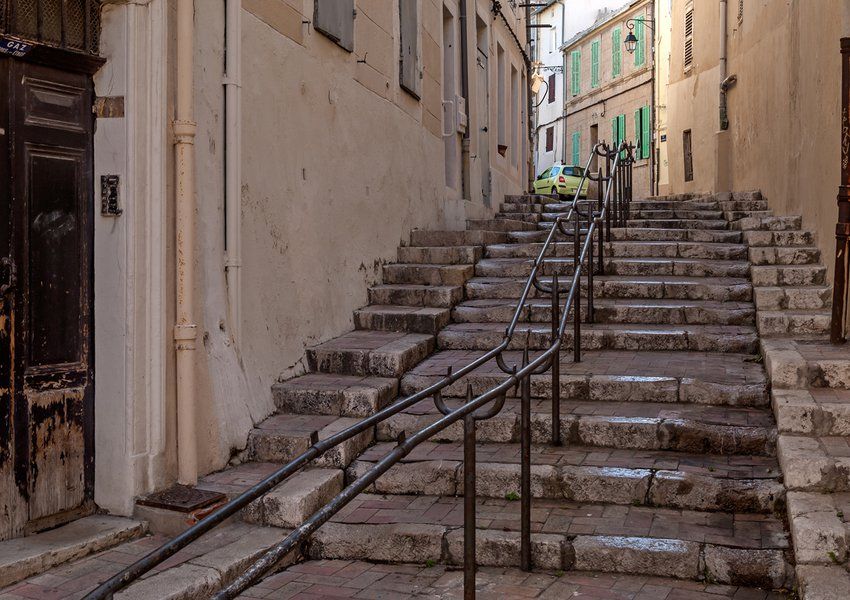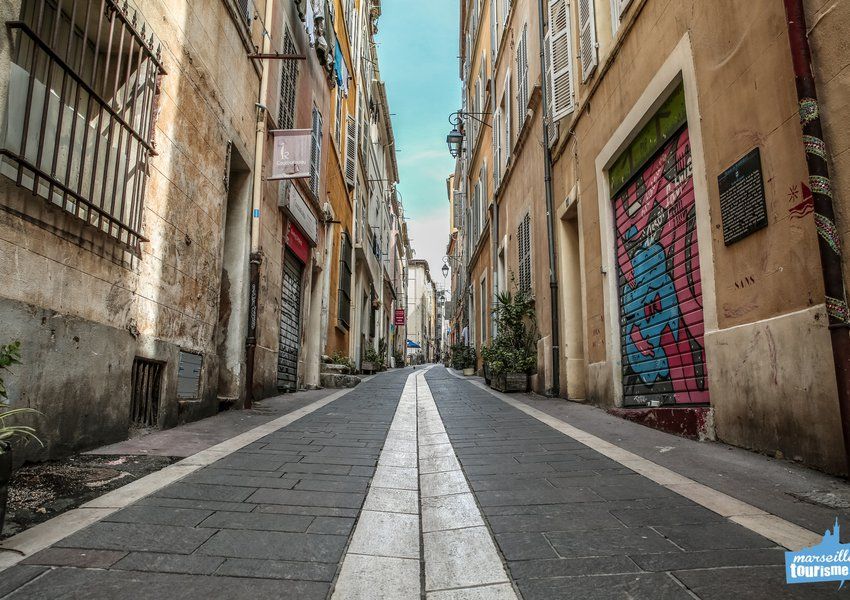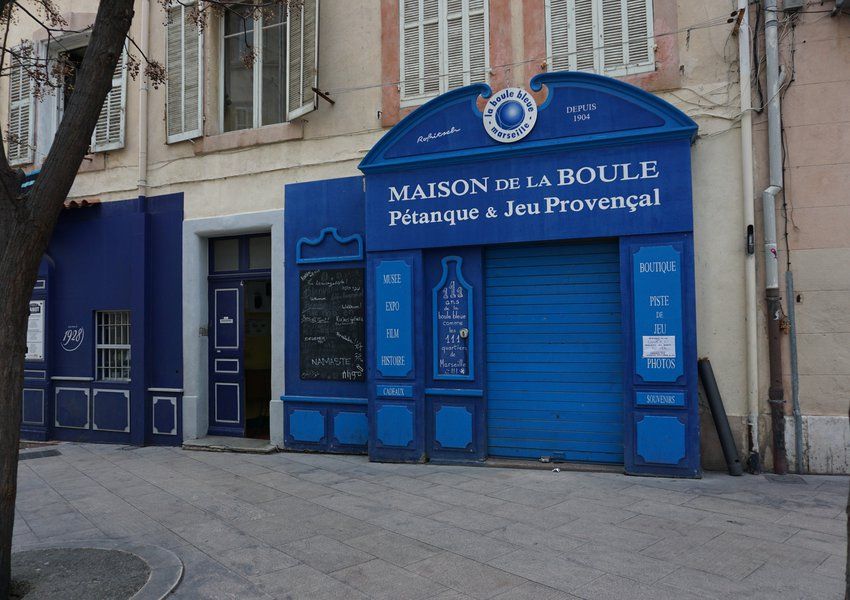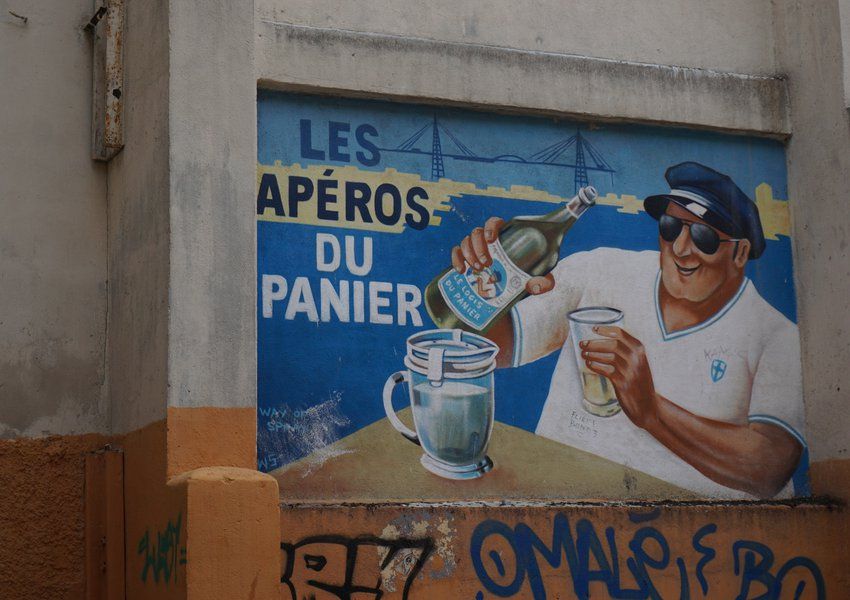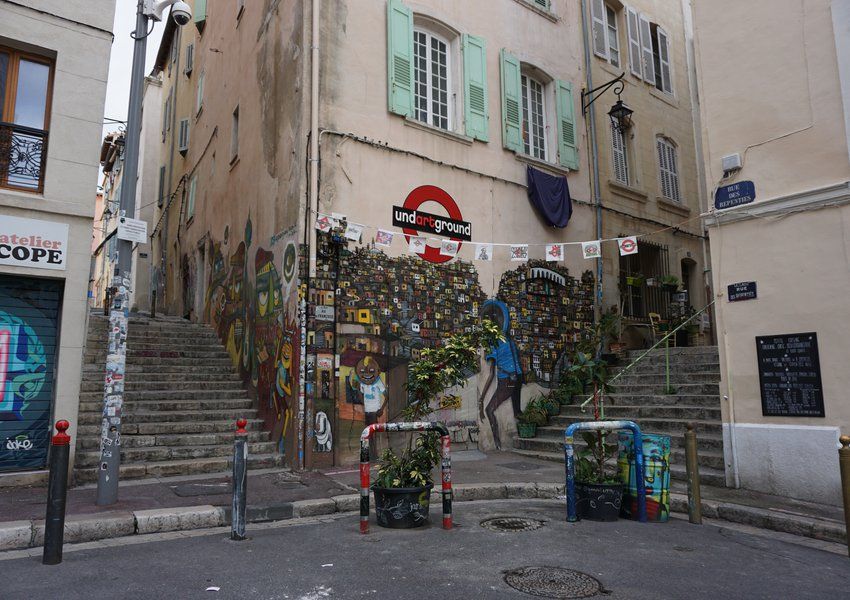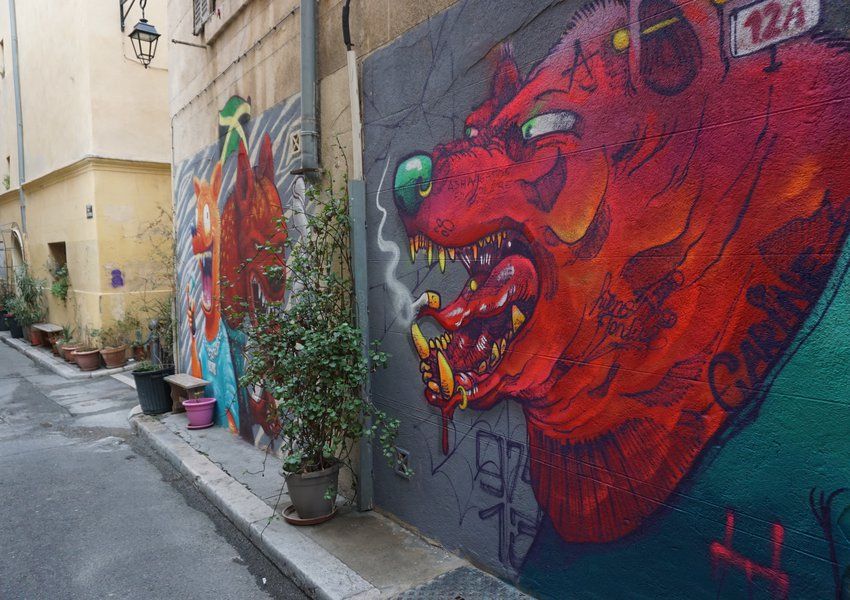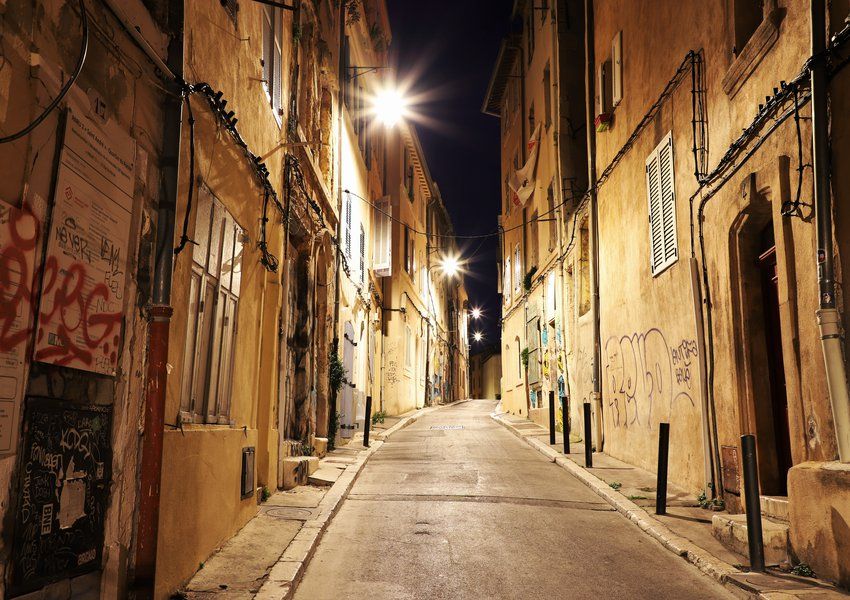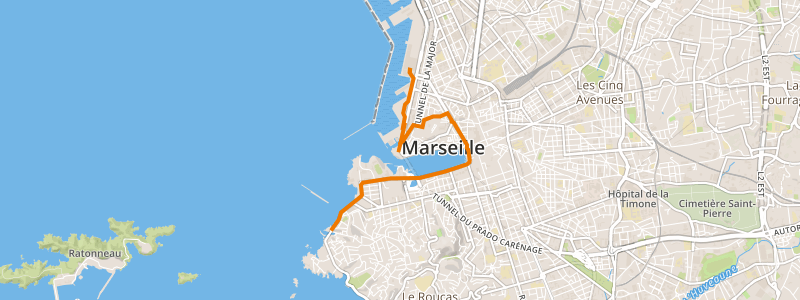The Panier district:
The Old Marseille
The oldest district of Marseille is also one of the most visited.
Located in city's historic center, a stone's throw from the Old Port, it is a perpetual reminder of the eventful history of the ancient Massalia.
The oldest district of Marseille
It is to in the north of the Lacydon cove that the first inhabitants of Marseille built the ancient city. It extended over three mounds: the Saint Laurent mound in the west, the Panier mound in the center and the Carmes mound in the east. Today better known as the Panier district, because of the "Le Logis du Panier" inn which gave its name to the street and then to the district.
For a long time restricted to the areas delimited by the ramparts, beyond which it was forbidden to build, the Panier district has developed a landscape of narrow alleys with steep, long slopes. This explains the overcrowding, which intensified to its climax with houses packed next to each other. The space issue explains the appearance that has made this neighborhood so famous. Visiting Marseille without going there would be a real pity, as the district is one of the most popular! Le Panier is characterized by its steep alleys. The height is translated in the dialect of the locals who refer to "going up to the Basket", or on the other hand to "going down to the port". The buildings are high, four to five floors high, and obscure already closed and dark streets. The ramparts have been destroyed, but the Panier district has kept its unique atmosphere, a reflection of Marseilles postcards that inspired the successful TV series "Plus belle la vie".
Three typical and friendly squares were built in this district: the famous Place de Lenche (ancient Greek agora) named after a large Corsican family, the Linciu, who had a private mansion built on this site. This square, used as a meeting place and market place, is the one located at the bottom of the district. Higher up, we find the small Place de Lorette located in the rue de la République. Even higher, the last and most hidden of the squares, the Place des Moulins. Located on the top of the hill, it is a peaceful place for the inhabitants of the district. Previously, this square used to have many mills built on this highest point, hence its name. Nowadays, there is still only one last mill left in the area. It has all the charm of a Provençal village with its plane trees and fountains.
We come here to meet and relax in a pleasant and peaceful atmosphere.
A symbolic place
As you walk around, you can see the last and rare remains of the medieval period. First of all, the Vieille Charité with its exceptional architecture. A true symbol of the old Marseille, its construction was planned in 1640 to welcome the city' s poor and beggars. It was finally built in 1670 according to Pierre Puget's plans. A bit further down the harbour is Hotel Dieu, now a five-star palace.
In the 17th century, the Panier saw the Marseille bourgeoisie abandon the district in favour of new open spaces on the Canebière or rue de la République. It was during this period that the Panier became a popular district, overcrowded and poorly maintained and progressively closed in on itself. Since then, major urban planning projects have followed one another, always with the same image of an archaic district representing an issue to the city's modernization. These projects remain unfinished until the period of occupation.
At the end of the 19th century, the Panier attracted Italians (mainly Neapolitans) and Corsicans. Gradually, the district became more structured and developed around the professions associated with the sea (fishermen, boaters, boaters...).
A renewed image
Nowadays, the Basket district has gone through several phases. For many years, it was pursued by its bad reputation as a "throat-cutter", and for a long time it was avoided, even by many people in Marseille. Today, things seem to have changed and it is a very popular place for tourists on holiday in Marseille who see a " little Montmartre from Marseille " with its craft shops, its small bistros and restaurants. With the " Plus belle la vie " phenomenon, a new wave of visitors is now walking the steps of Marseille's oldest district hoping to find the series' heroes. And the official shop is of course located in this area and will delight fans of the TV show.
However, these changes do not please everyone. Many people, especially the inhabitants, deplore the district's gentifrication, which has become a victim of real estate speculation. The Petit Train itself angered some of the locals who felt like they were "in a zoo". The popular district knows a multiplication of "tourist shops" to the detriment of local shops.
If you look for the places of the TV series "Plus Belle la Vie" you will end up in the Panier. But no dramas in Le Panier, just an authentic neighbourhood full of charm, far from the syrupy TV show. Marseille's oldest district is full of small narrow and steep streets full of shops, including souvenir shops for tourists.
In these pedestrian alleys you will discover typical small bistros, unique craftsmen, antique dealers, creative studios and concept stores. Many shops in Le Panier claim to be "made in Marseille", in terms of shopping, gastronomy, alcohol and, of course, soap! Among all the restaurants in Marseille, those of Le Panier are the best known! Feel free to stop by as you travel through the Quartier du Panier.
The Petit Train is the favourite tourist transportation mode. Not so exhausting as walking because the slopes are steep, it will take you to experience the tourist attractions of the Panier! You should know that it also offers another tour that will take you to Notre Dame de la Garde, one of Marseille's emblematic places and will introduce you to the monuments of Marseille and their history. There are many ways to discover the Panier, "sporty" or more "relaxed ", but in any case, the charm and authenticity will be guaranteed. On the way down to the Old Port, why not take a pastis in one of Marseille's many bars.
